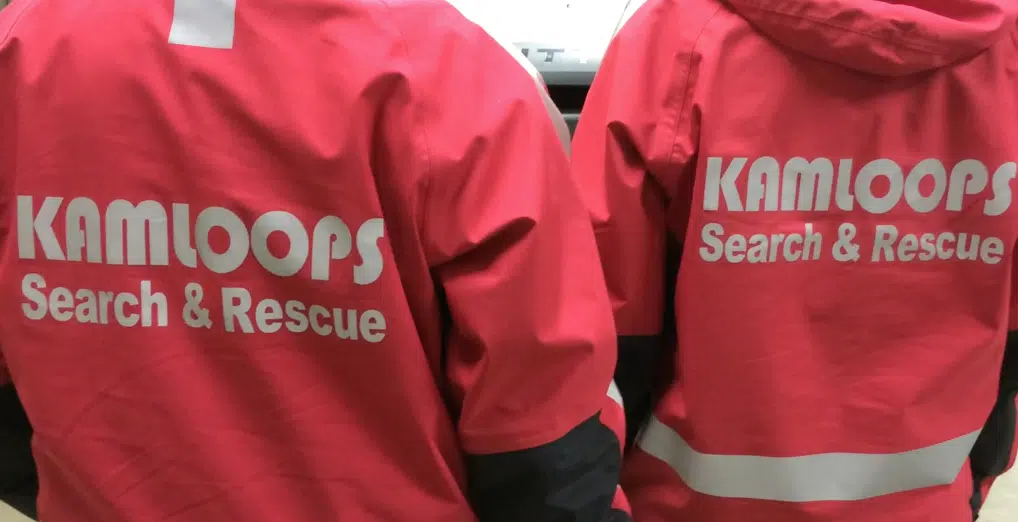
How Kamloops Search and Rescue trains new recruits for worst-case scenarios
KAMLOOPS — It could be another record year for Kamloops Search and Rescue (KSAR) and, with some new members expected to join the force, the organization is training recruits for the worst cases.
KSAR has just finished up its drive for more volunteers for next year, and spokesperson Jenn Stahn says 20 applicants are seeking the job.
“We don’t really have a goal set out, but our hope is to have about 10 to 12 seats that we fill in our ground search and rescue training program and we already have three or four members within the team that are members in training that will be going through that as well,” Stahn says.
Ground search and rescue training is an intensive program in which new members must complete nearly 100 hours of classroom, online and in-the-field training to learn more about how KSAR works. The most intensive part, Stahn says, is an overnight component where different tasks must be completed in some of the worst conditions.


